The Icon Project. Architecture, Cities, and Capitalist Globalization by Leslie Sklair
The book by renowned British sociologist Leslie Sklair is a comprehensive sociological analysis of the new type of iconic architecture that has been spreading around the world starting with the last quarter of the 20th century. It is a masterful survey of the work of leading architects of our time and of prominent architectural “icons” in the context of the development of capitalist globalization, which supports and encourages the creation of increasingly large-scale and ambitious projects.
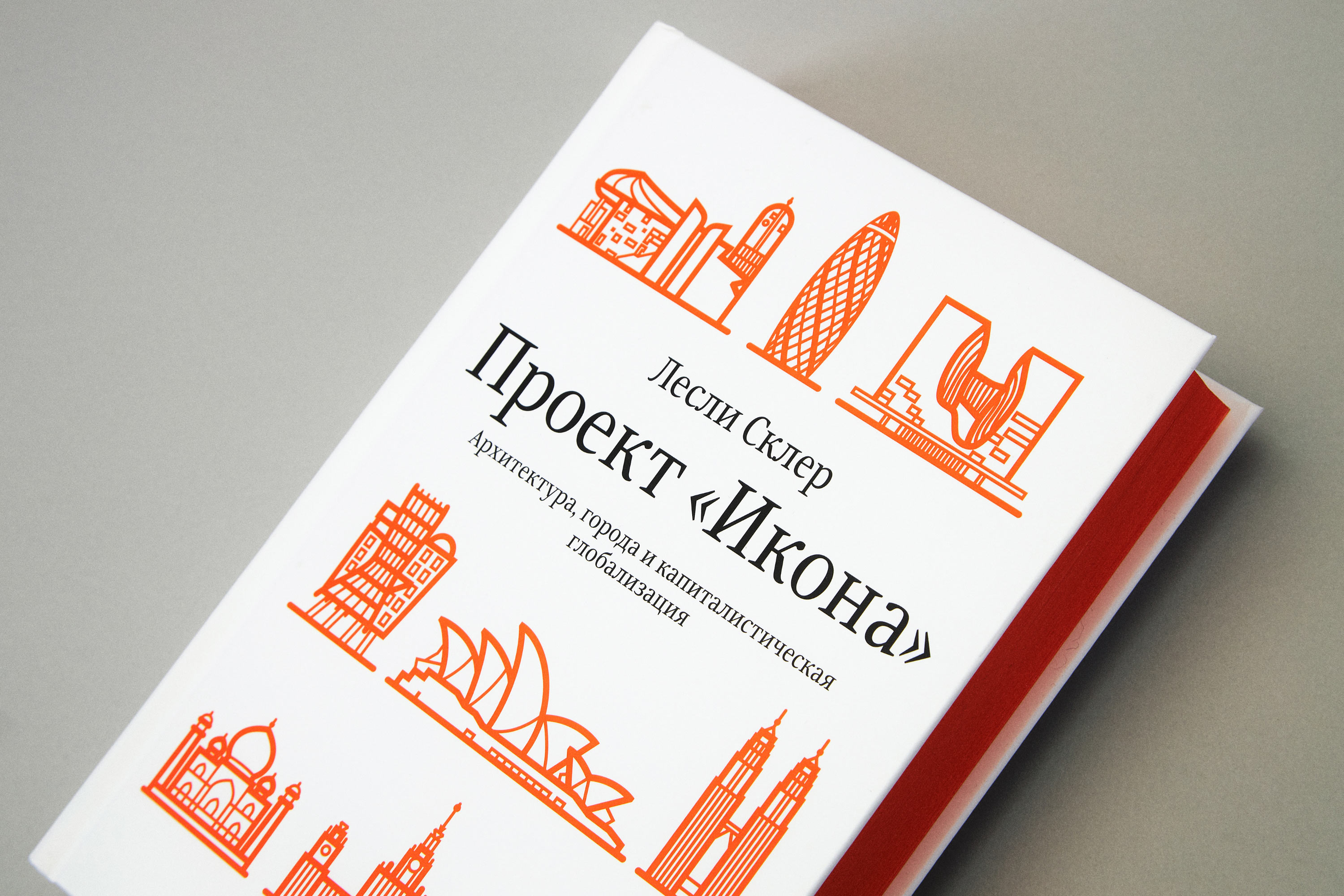
From the perspective of a sociologist familiar with the power of private capital and the commercial demands it imposes, the author traces the triumphal path of the global Icon Project, which generates and encourages class polarization and hyperconsumption in contemporary society.


«
Never before in the history of human society has the capacity to produce and deliver goods and services been so efficient and so enormous, thanks to the electronic revolution that started in the 1960s and the global logistics revolution made possible by the advent of the shipping container. And, paradoxically, never before in the history of human society have so many people wanted goods and services that they cannot afford to buy, largely due to the absolute increases in human populations and the relative ease of communications brought about, again, by the electronic revolution. The results are class polarization and ecological unsustainability, fatal contradictions to the promises of the capitalist system. These contradictions play out in all spheres of economic, social, and cultural life and those who have a vested interest in maintaining the ruling system are constantly attempting to distract attention from its failings. These failings are disguised by the spectacular architecture that now spans most regions of the world, from the great cities of the Global North, to the expanding megacities of the Global South, and the artificial urbanism of the oil states of the Arabian Gulf. Shopping malls, modern art museums, ever-higher skyscrapers, and urban megaprojects constitute the triumphal ’Icon Project’ of global capitalism.
<...>
Icons emerge at the meeting point of power, meaning, aesthetics, and taste, where the power of those who dominate the global economy, the meanings produced by its ideologues, and the aesthetics produced by architects create the condition in which the Icon Project thrives. One of the consequences of capitalist globalization is the need to transform the social production, marketing, and reception of iconic architecture. These processes are largely driven by those who on and control most of the land and other resources all over the world, conceptualized here as the transnational capitalist class (TCC). The TCC is organized in four overlapping fractions—corporate, political, professional, and consumerist. In most societies, the TCC has the lion’s share of economic resources, political influence, and mass media attention and support.
»
From the introduction

Readers are free to disagree with Sklair’s harsh criticism, but in any case, the search for an alternative aesthetic of architectural design and urban planning is of undoubted interest.


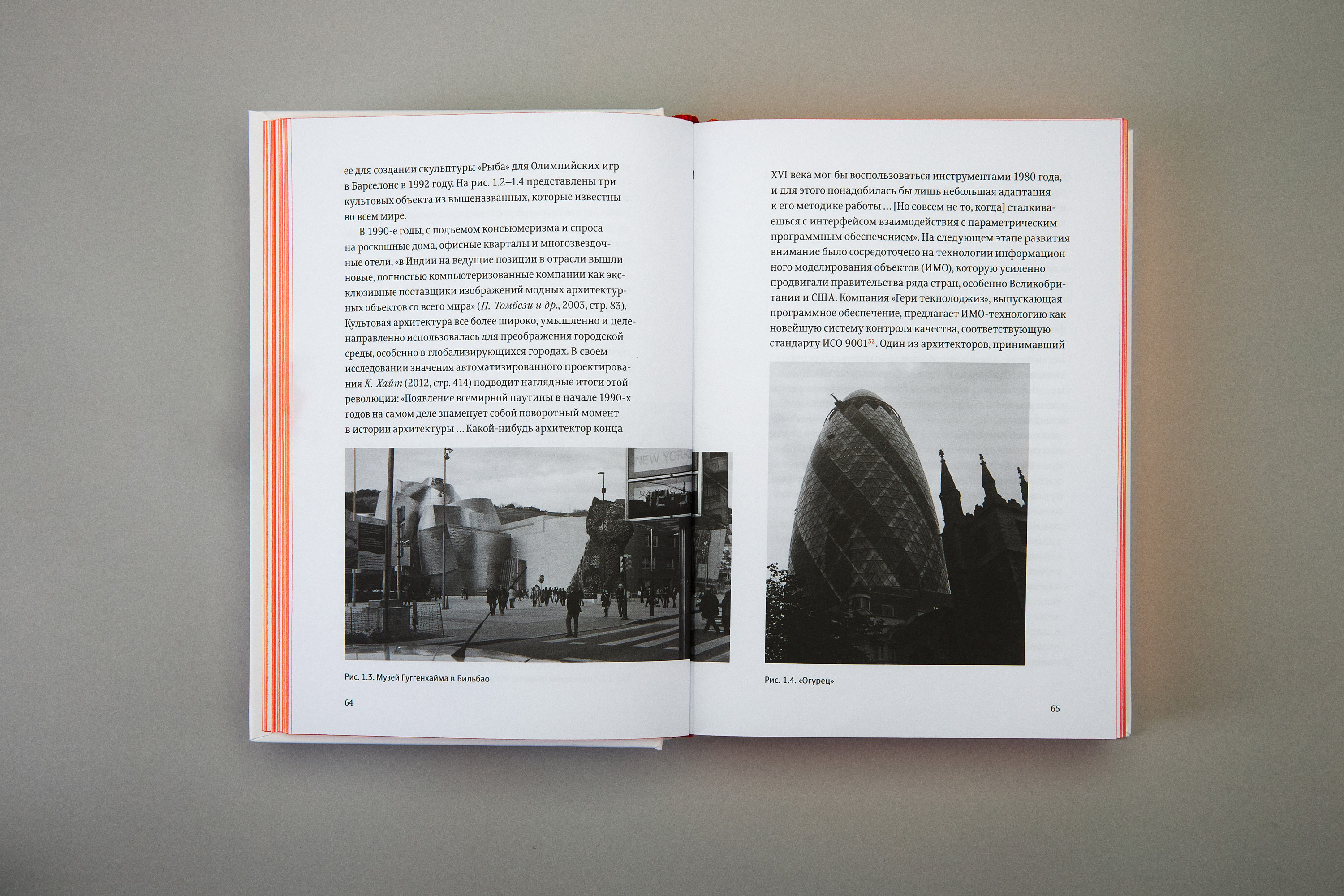
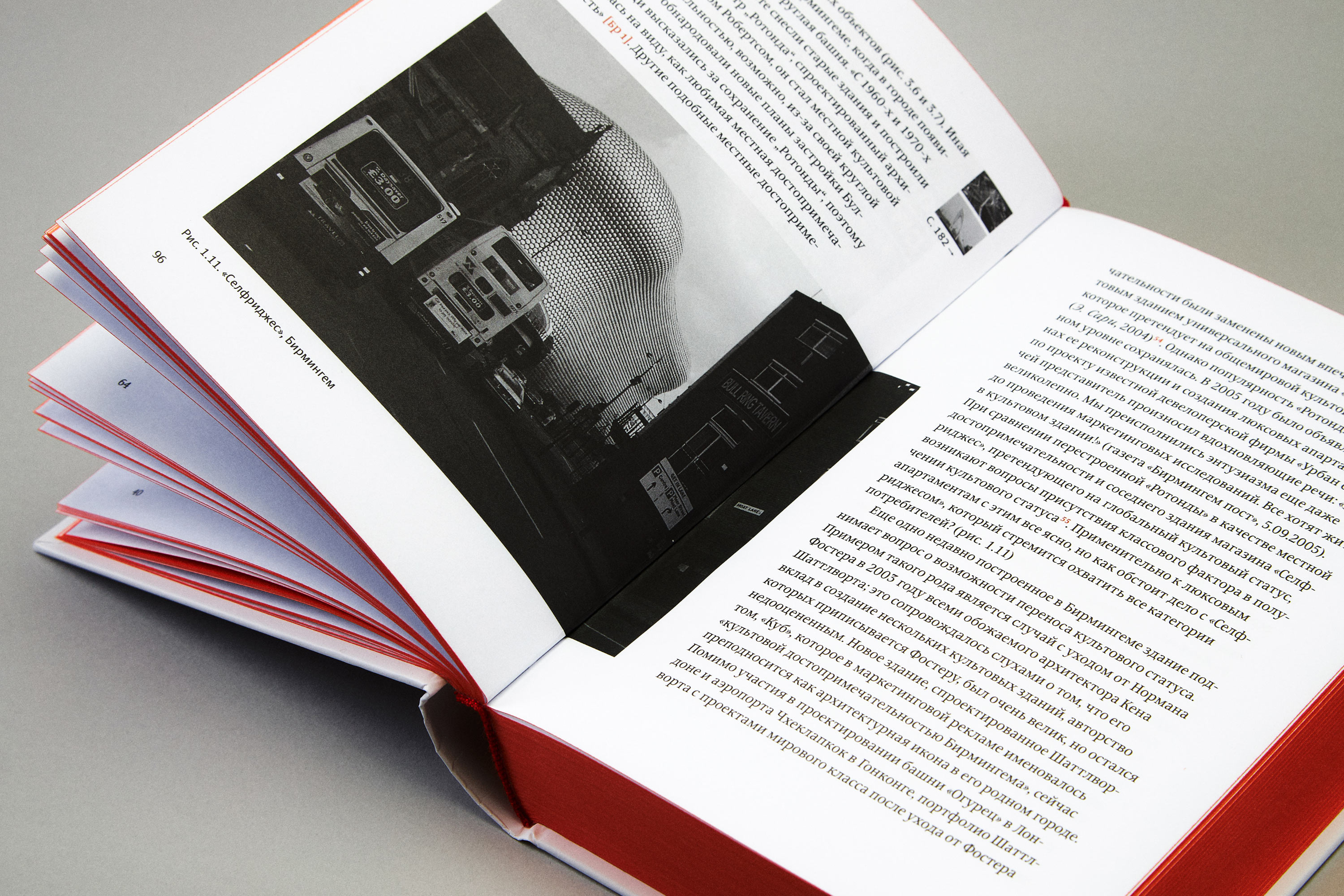
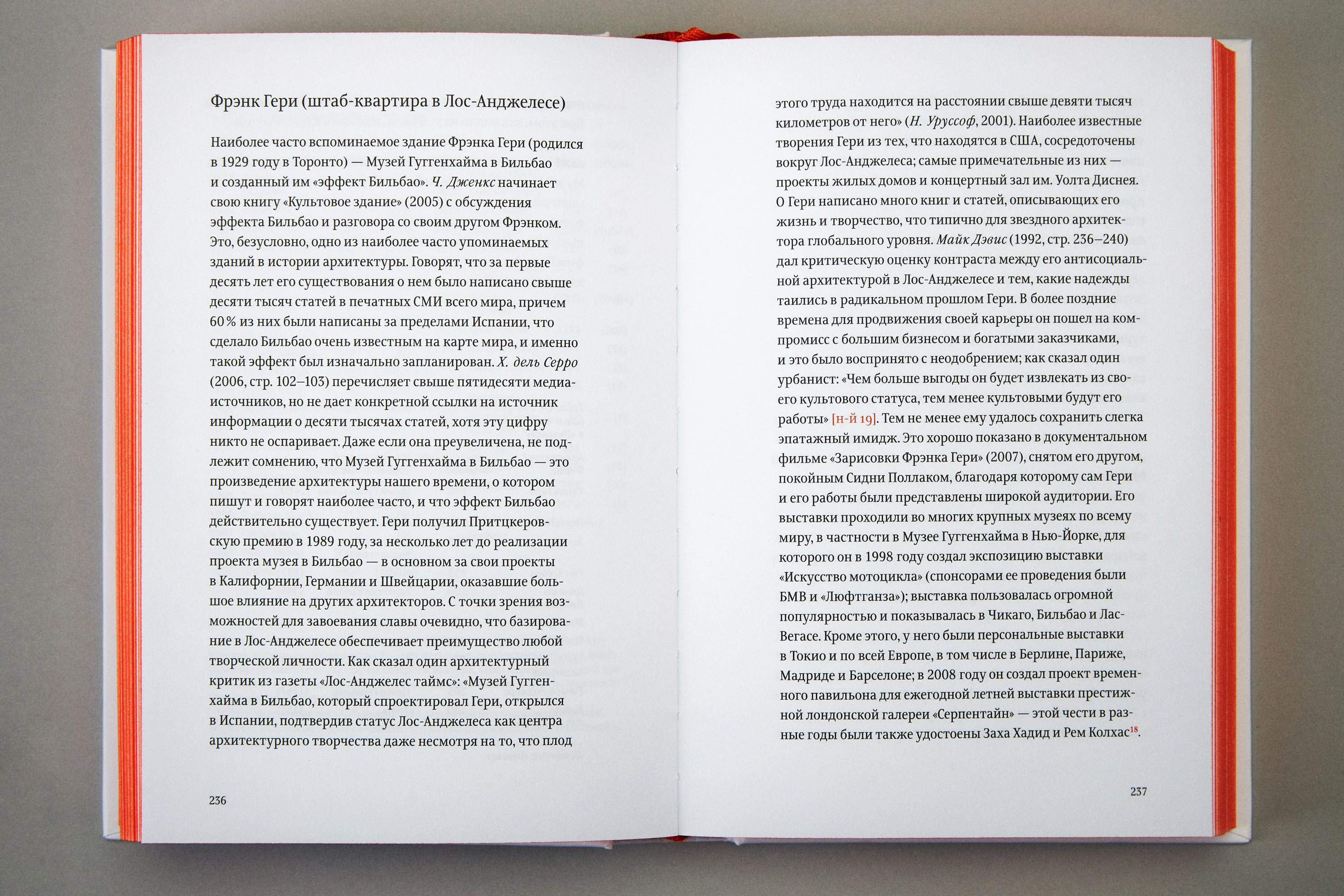
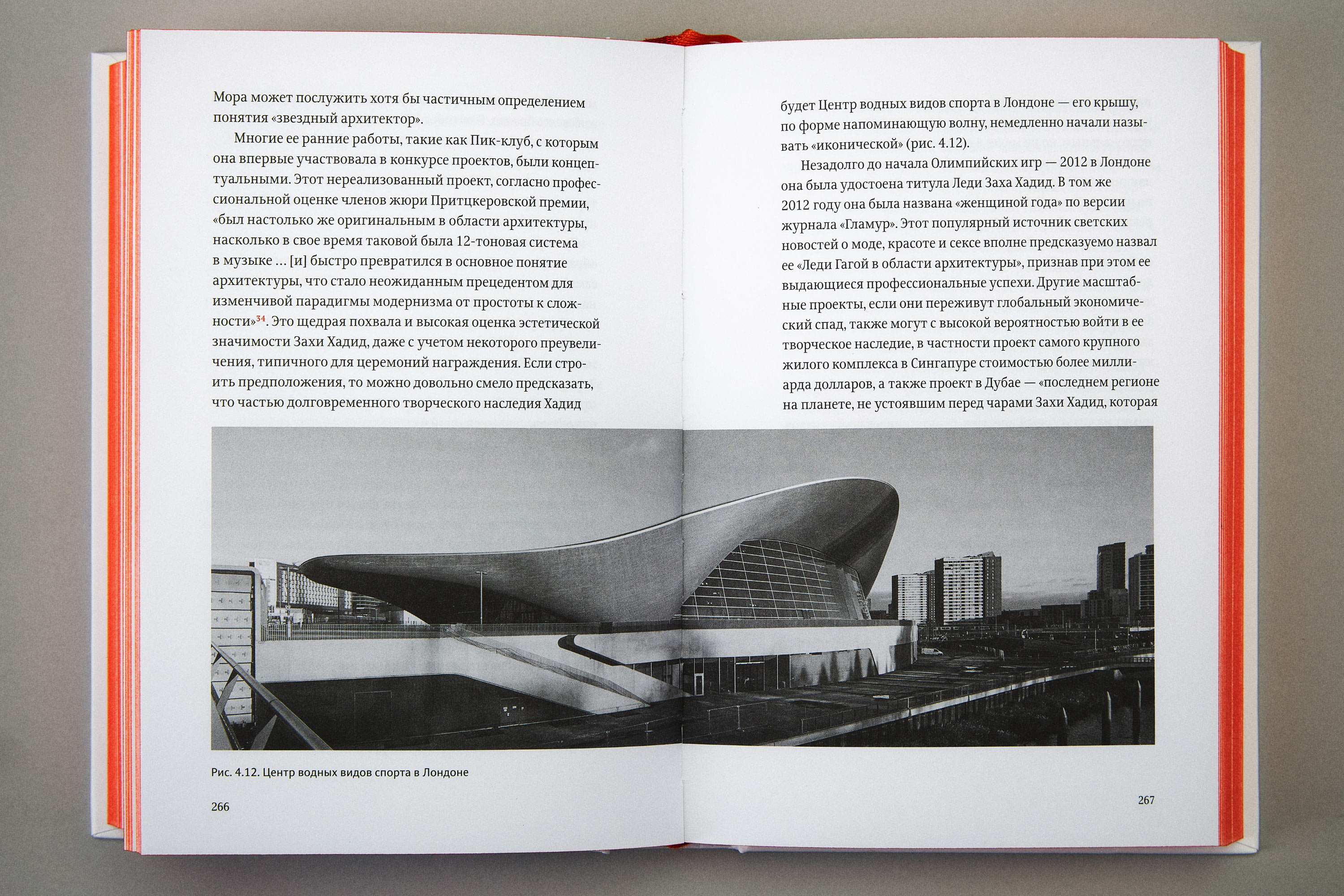


translator
chief editor
project manager
-
- Hardcover
- 560 pages
- Dimensions: 144×215 mm (5,6″×8,4″)
- Press run: 3000
-
ISBN 978-5-98062-144-5